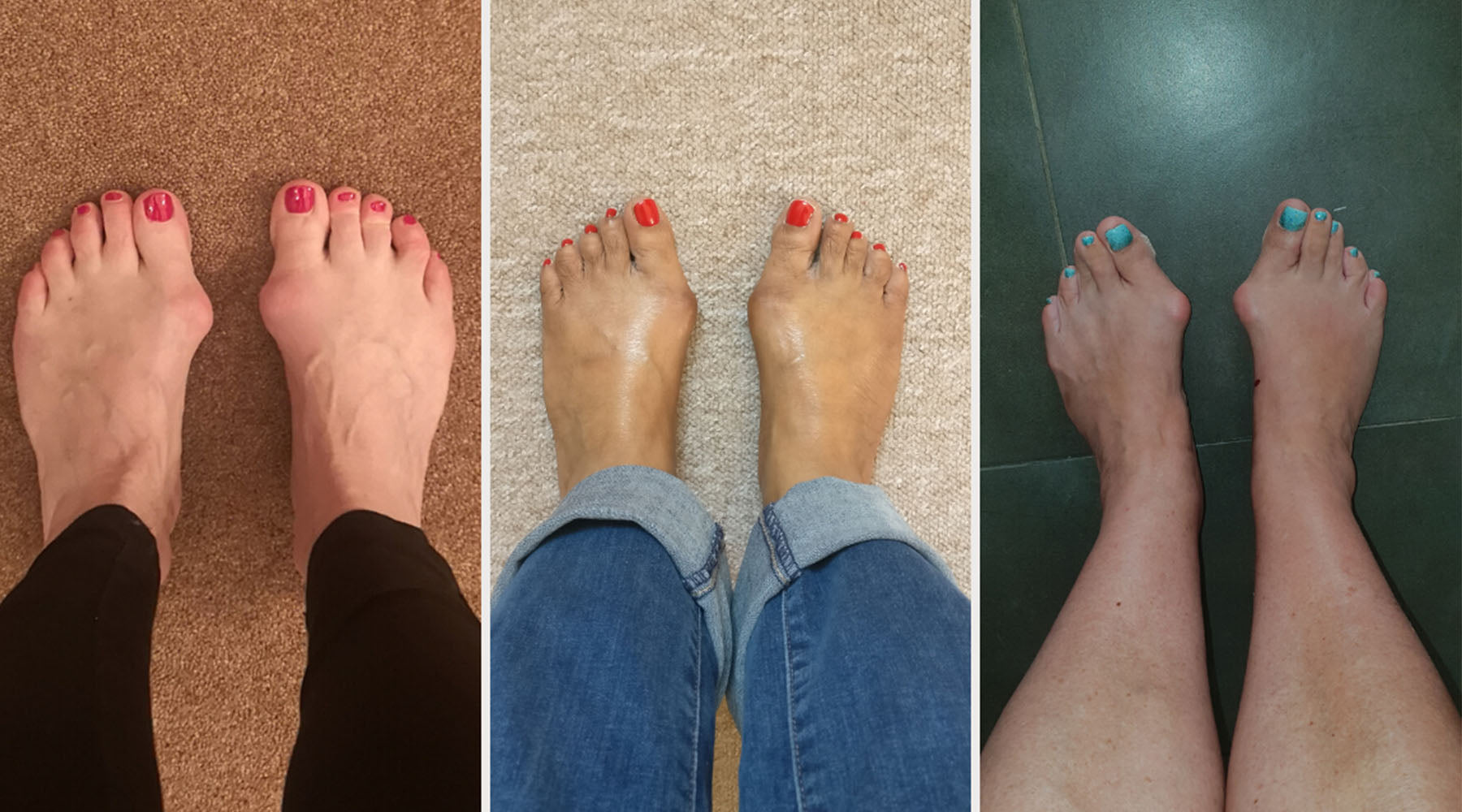
Why do you get bunions?
If you've ever wondered about the answer to this question or have any others relating to bunions, in this first of a series of blog posts we asked Louise Smith, a practising podiatrist of over 17 years with her own successful clinic (and customer of Calla shoes) to give us some basic facts about what bunions are and why you have them.
What are bunions?
A bunion, also known as ‘hallux valgus’ is a deformity of the big toe. The big toe excessively angles towards the second toe and can result in a bony lump on the side of the foot. This can also form a large sac of fluid, known as a bursa, which can then become inflamed and sore.

What causes bunions?
Bunions are most often caused by a defective mechanical structure of the foot which is genetic and these certain foot types make a person prone to the development of a bunion.
Bunions can also be caused by the big toe pushing over on to the second toe. Commonly, it can end up lying on top of the second toe causing crossover of the toes making it difficult to walk due to pressure on the toes from footwear.
Once the big toe leans toward the second toe, the tendons no longer pull the toe in a straight line, so the problem tends to get progressively worse.
Poorly fitting footwear can aggravate the problem as they can squeeze the forefoot, crowding the toes together, causing pain and deformity of the joint.
Bunions can also be caused by age, arthritis or playing sport.
Are they painful, why?
Some people have large bunions that cause no pain but do cause difficulties with footwear, while others have relatively small bunions that can be very painful.
There are many reasons bunions may be painful including pressure from ill-fitting shoes, joint arthritis, inflammation of the joint capsule or bursa, abnormality of joint alignment, and nerve damage.
Why do women get bunions? Do men get them too?
Although both men and women can get a bunion, they tend to be more common in women, possibly due to some of the more restrictive footwear typically worn. Women also tend to have looser ligaments.
What can you do about bunions? Will they ever go away?
Wear sensible shoes that fit well, choose wider shoes that give toes room to move and keep the heel height to no more than 4cm to avoid overloading the big toe joint.
Exercises and custom made insoles or orthoses may be prescribed by a podiatrist, all this can help alleviate the problem but only surgery can correct the underlying condition.
Over to you...
If you have any questions of your own please comment below and we'll come back to you with the answers in our next blog post.
You can find Louise's Foot Clinic in Monks Risborough, Buckinghamshire.
For comfortable, stylish shoes for bunions, head to the Calla website now.
We have a brand new range of wide fit shoes, as well as bunion footwear including trainers, sandals, boots, flats, and heels.



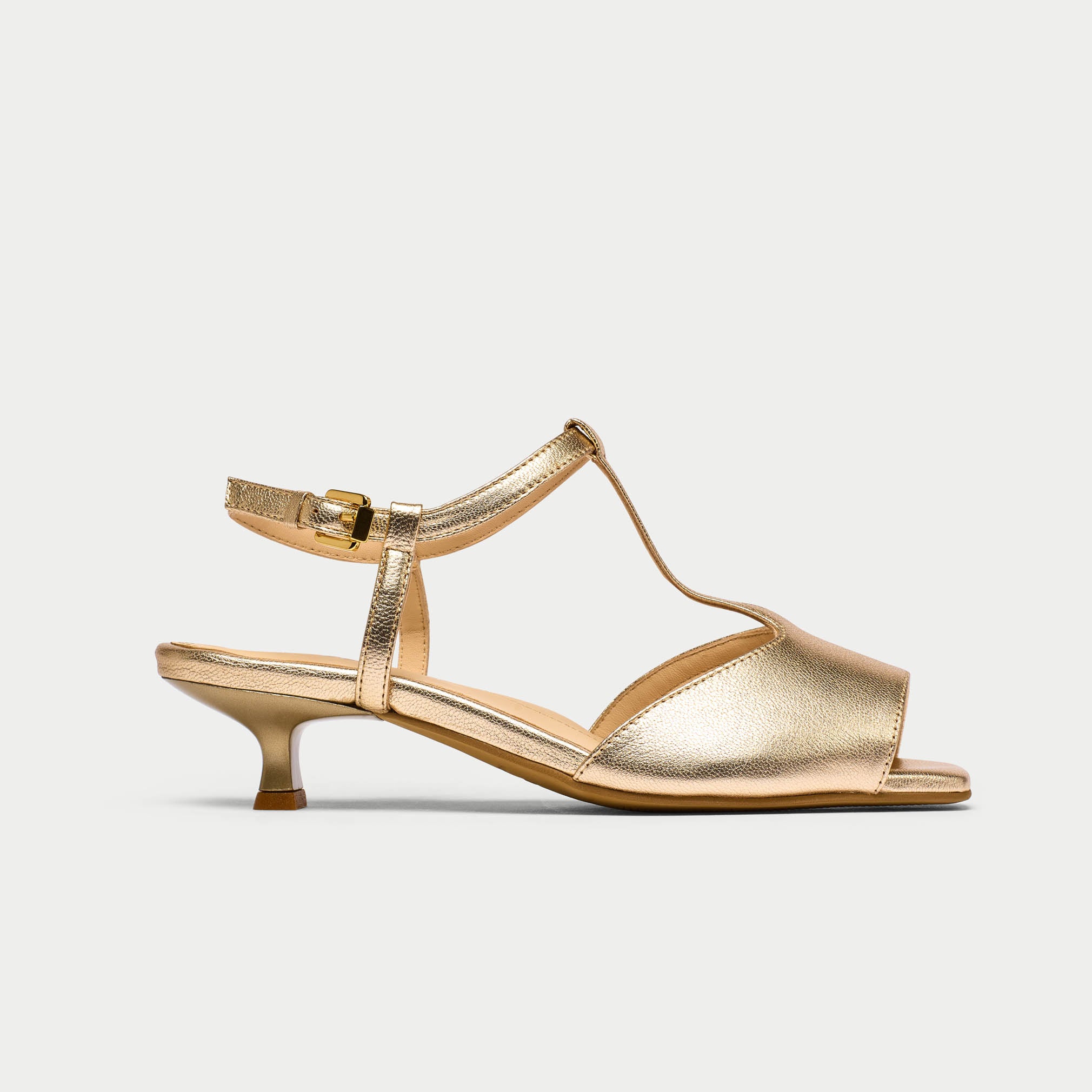
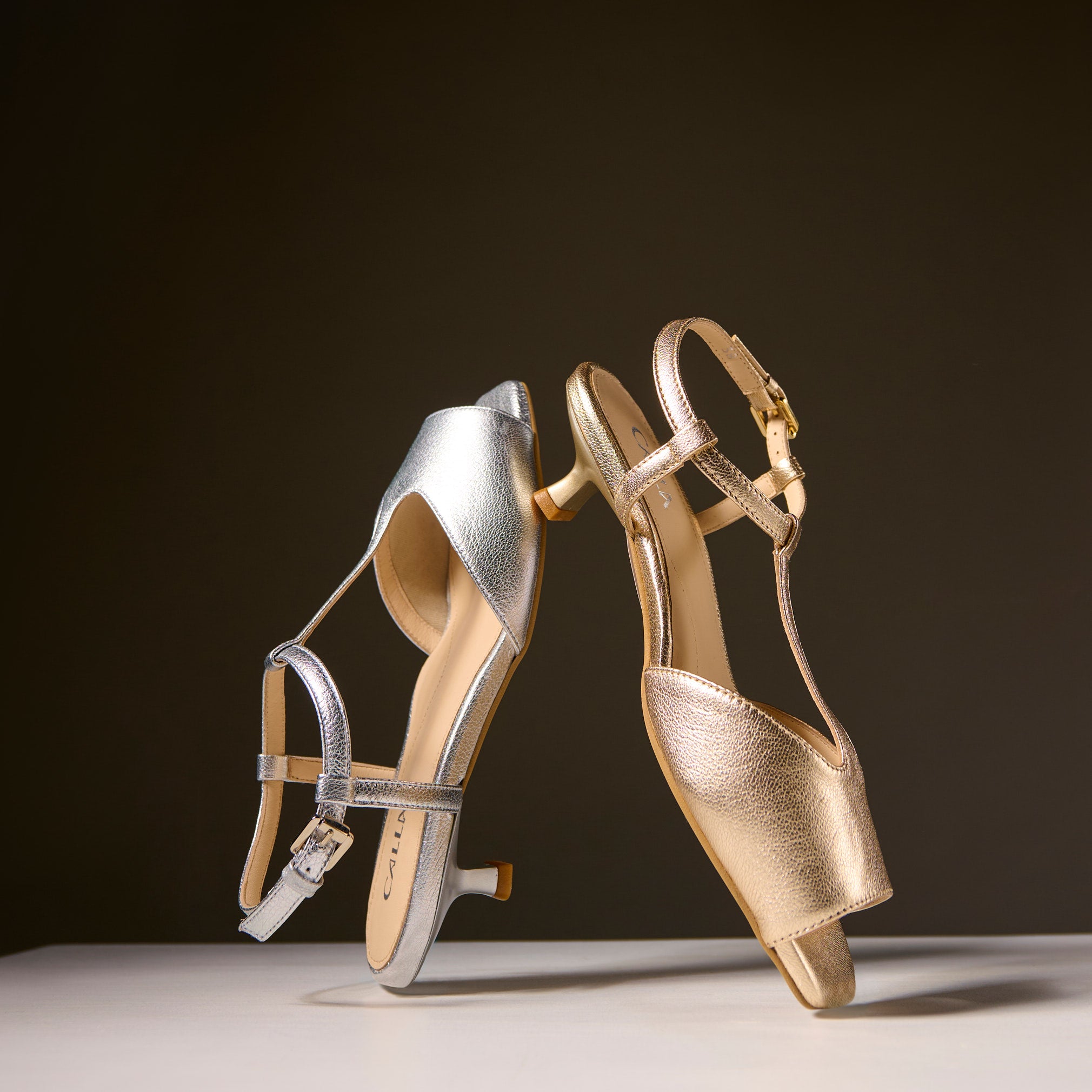
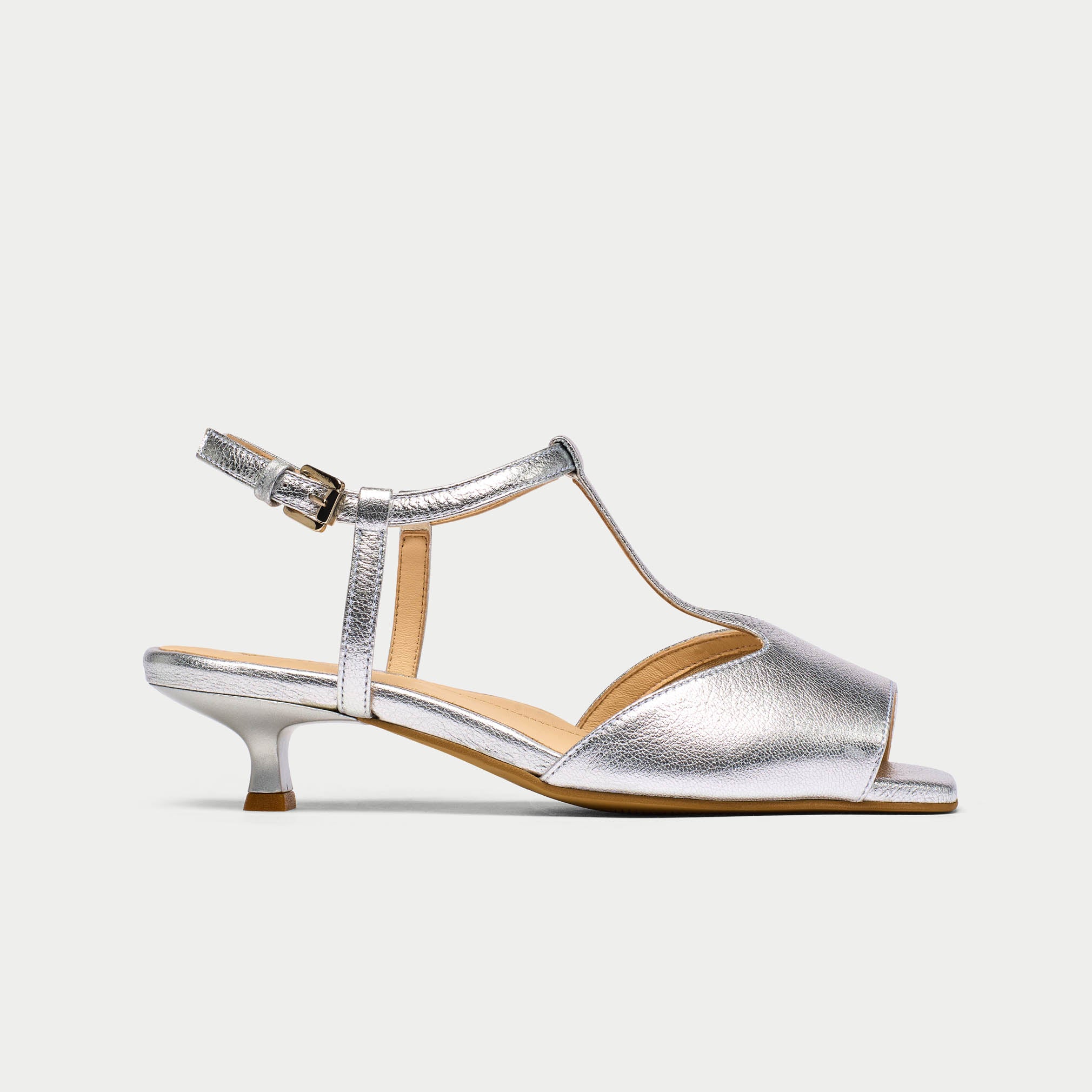
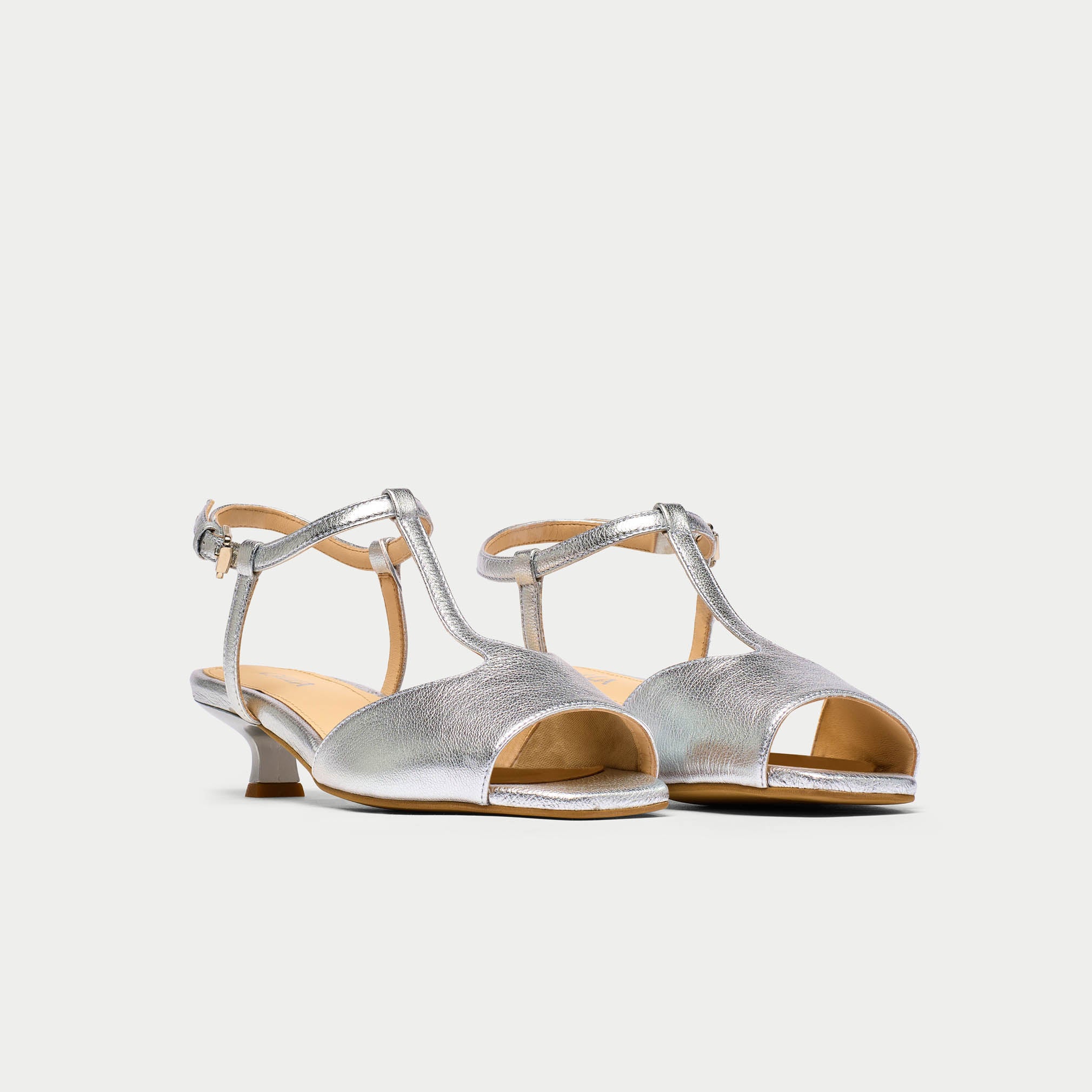
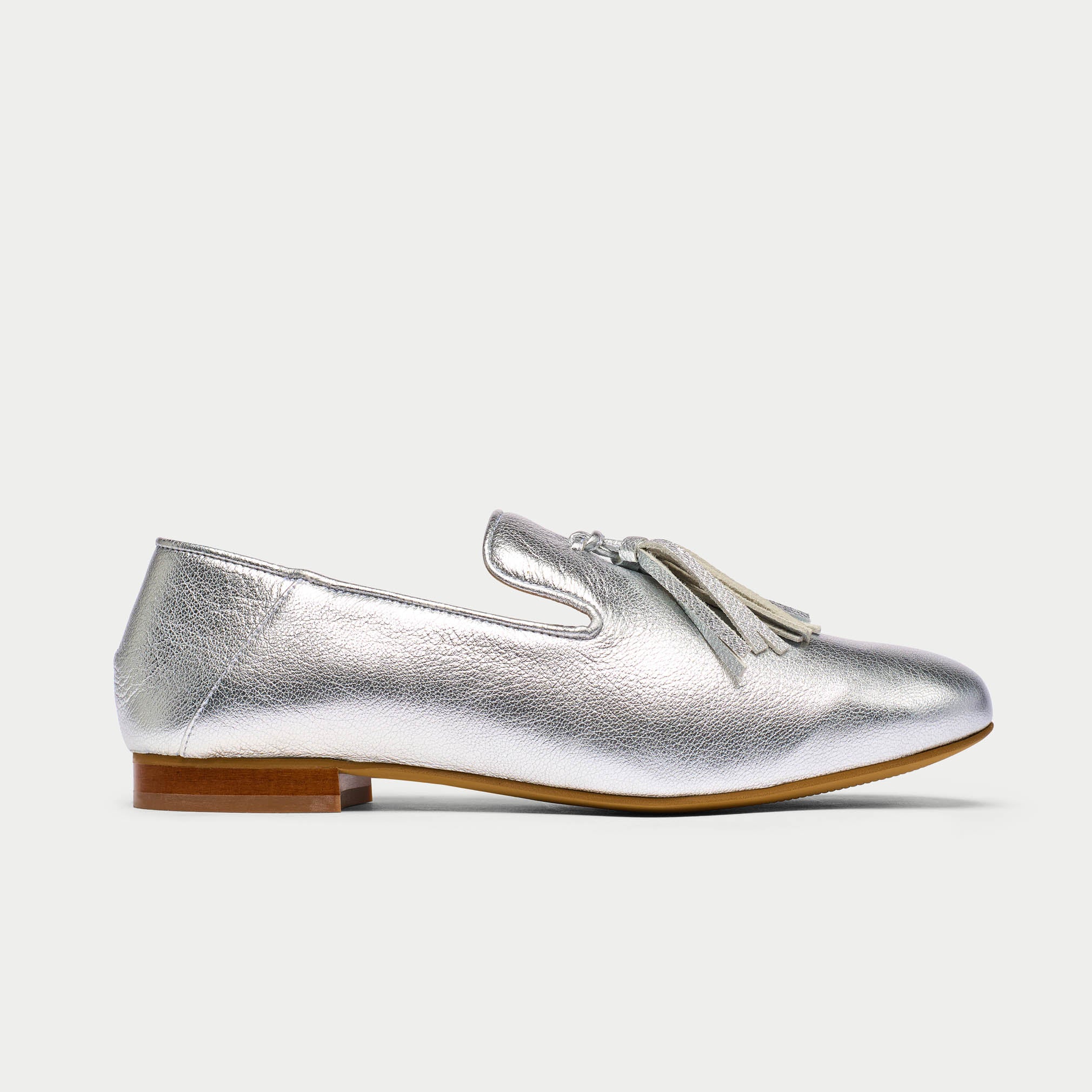
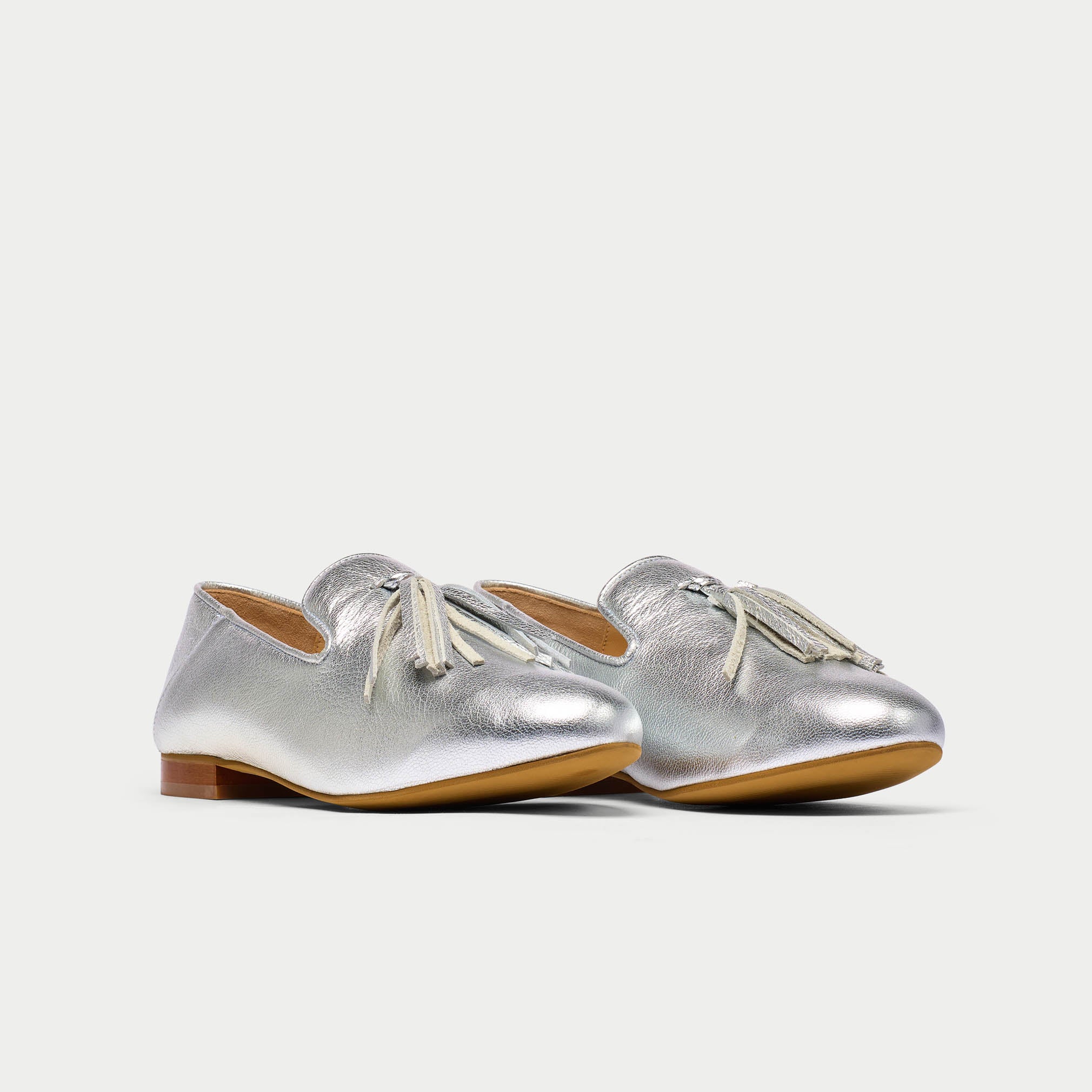
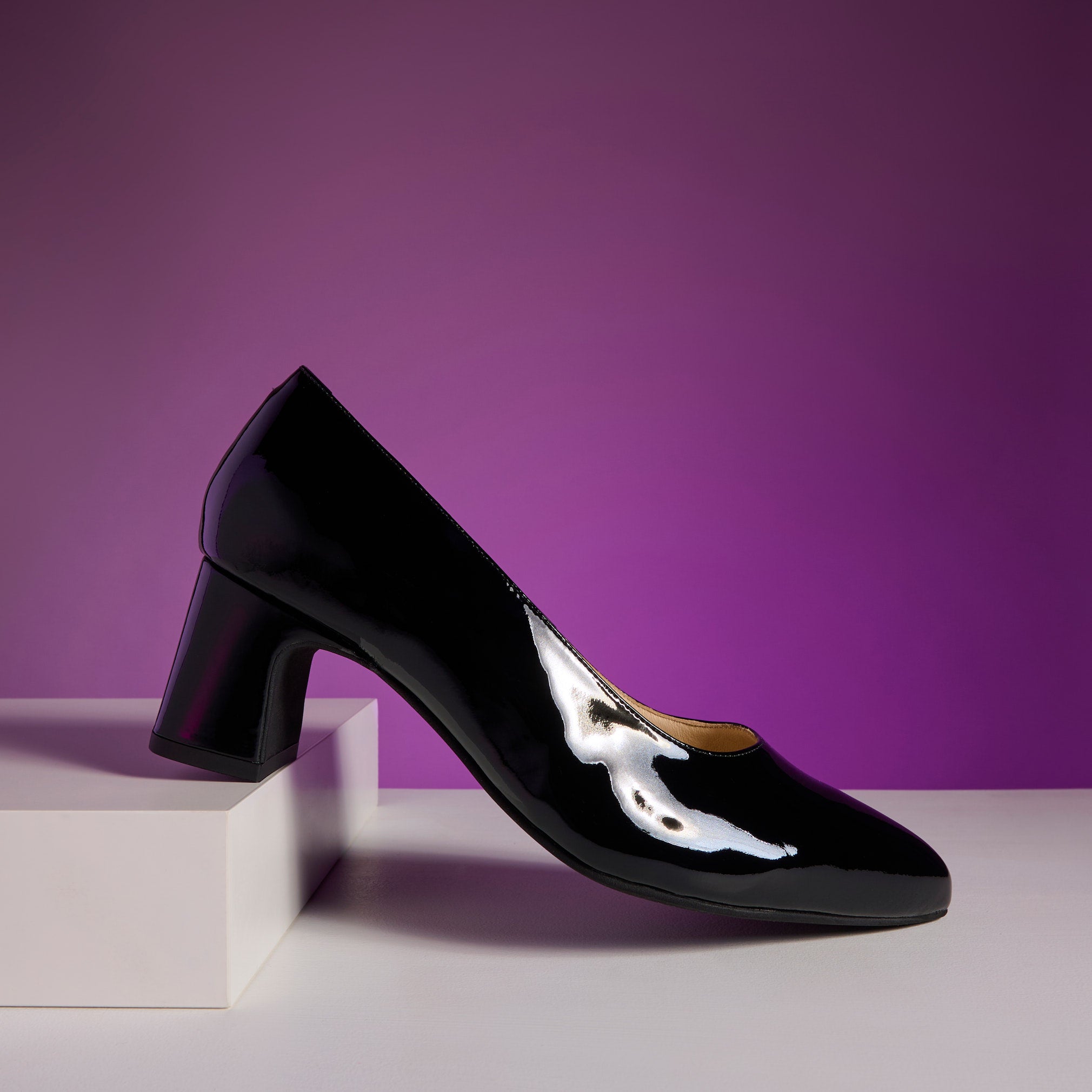
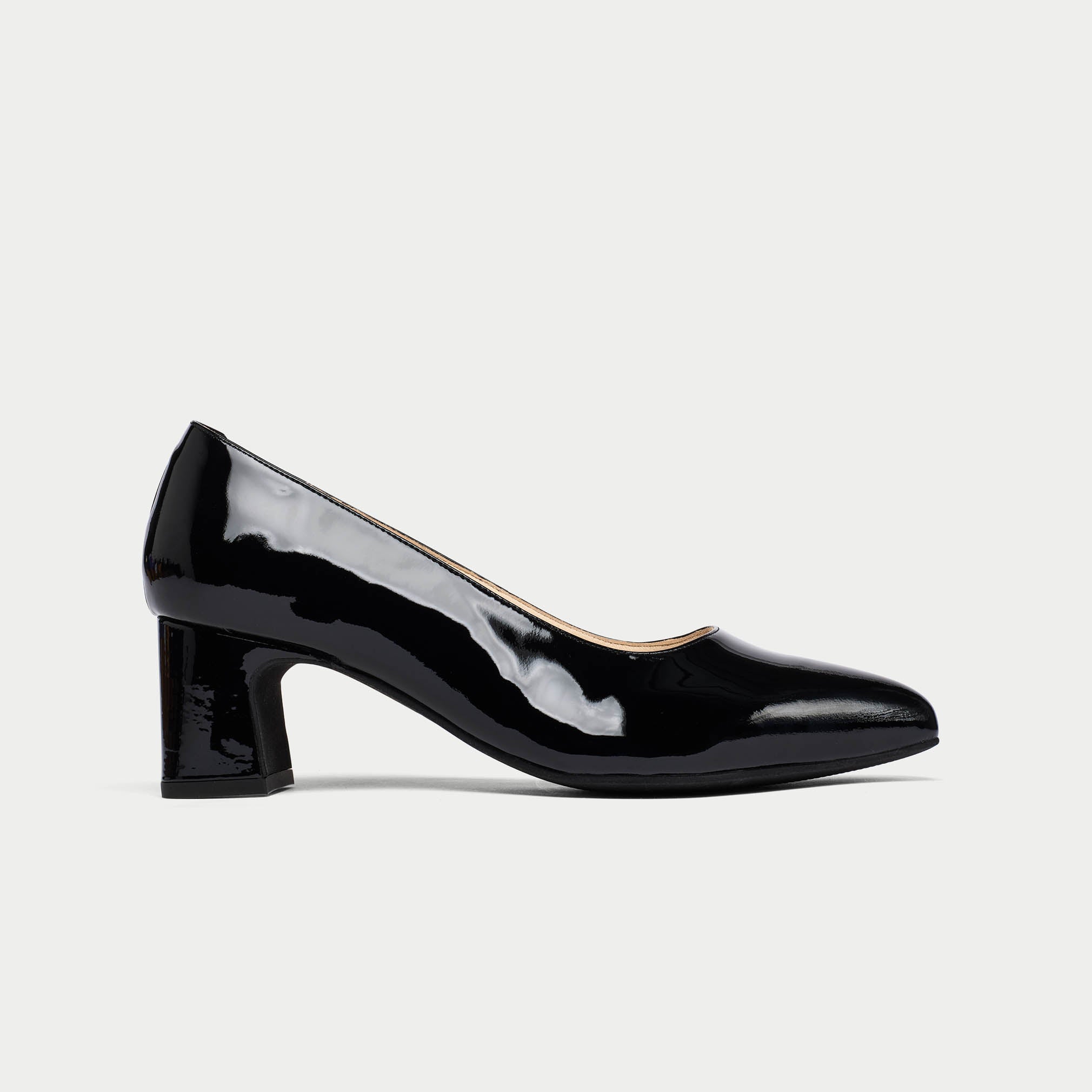
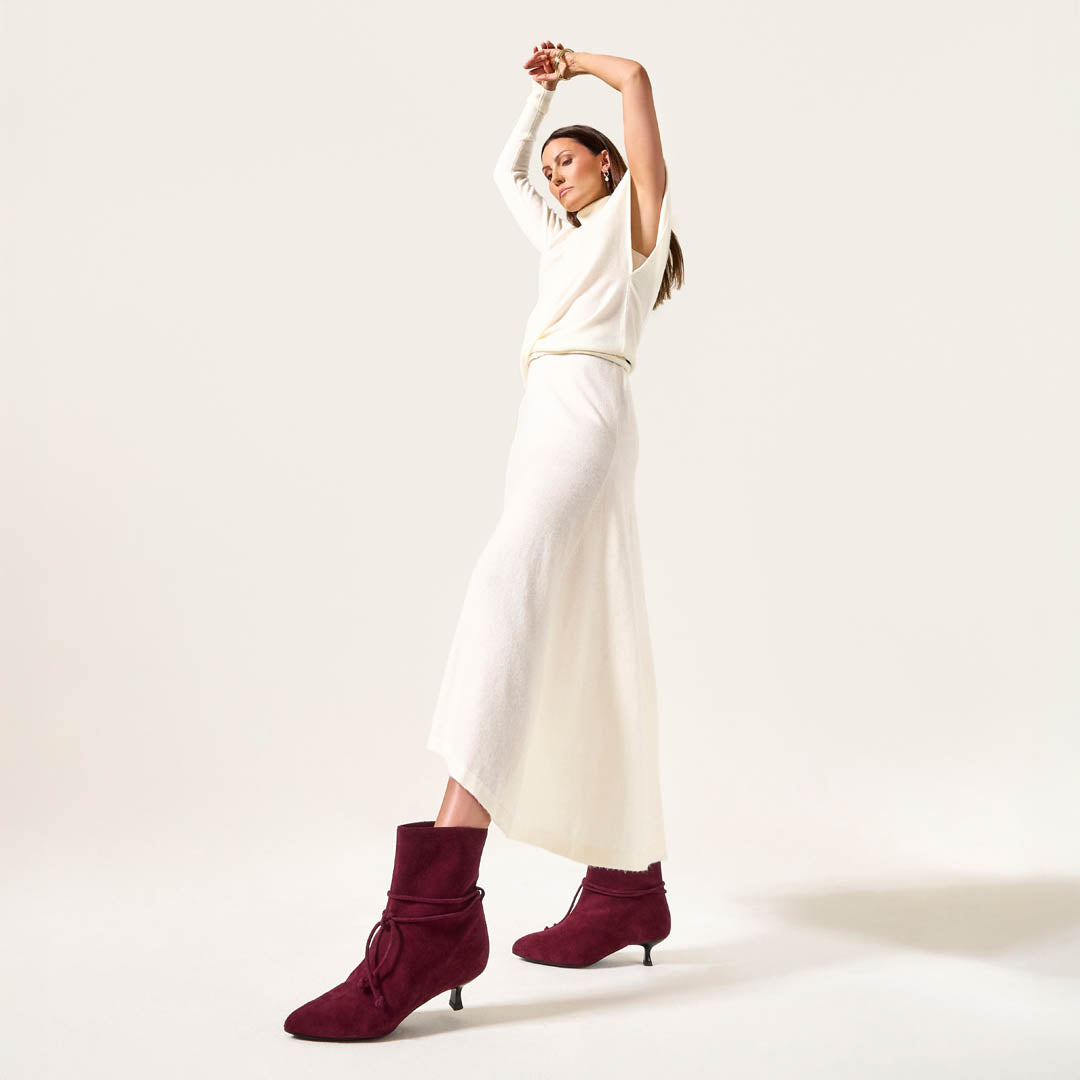
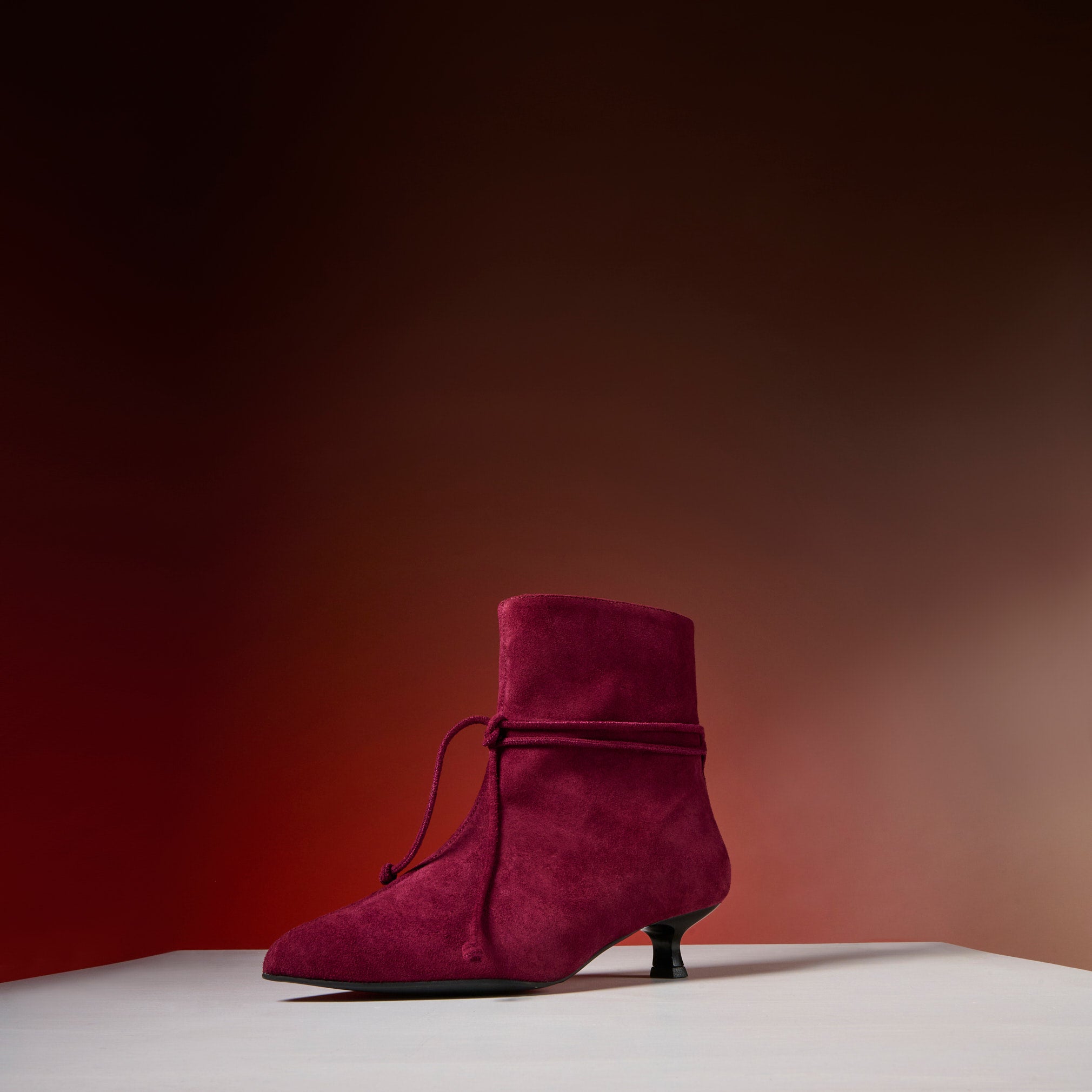
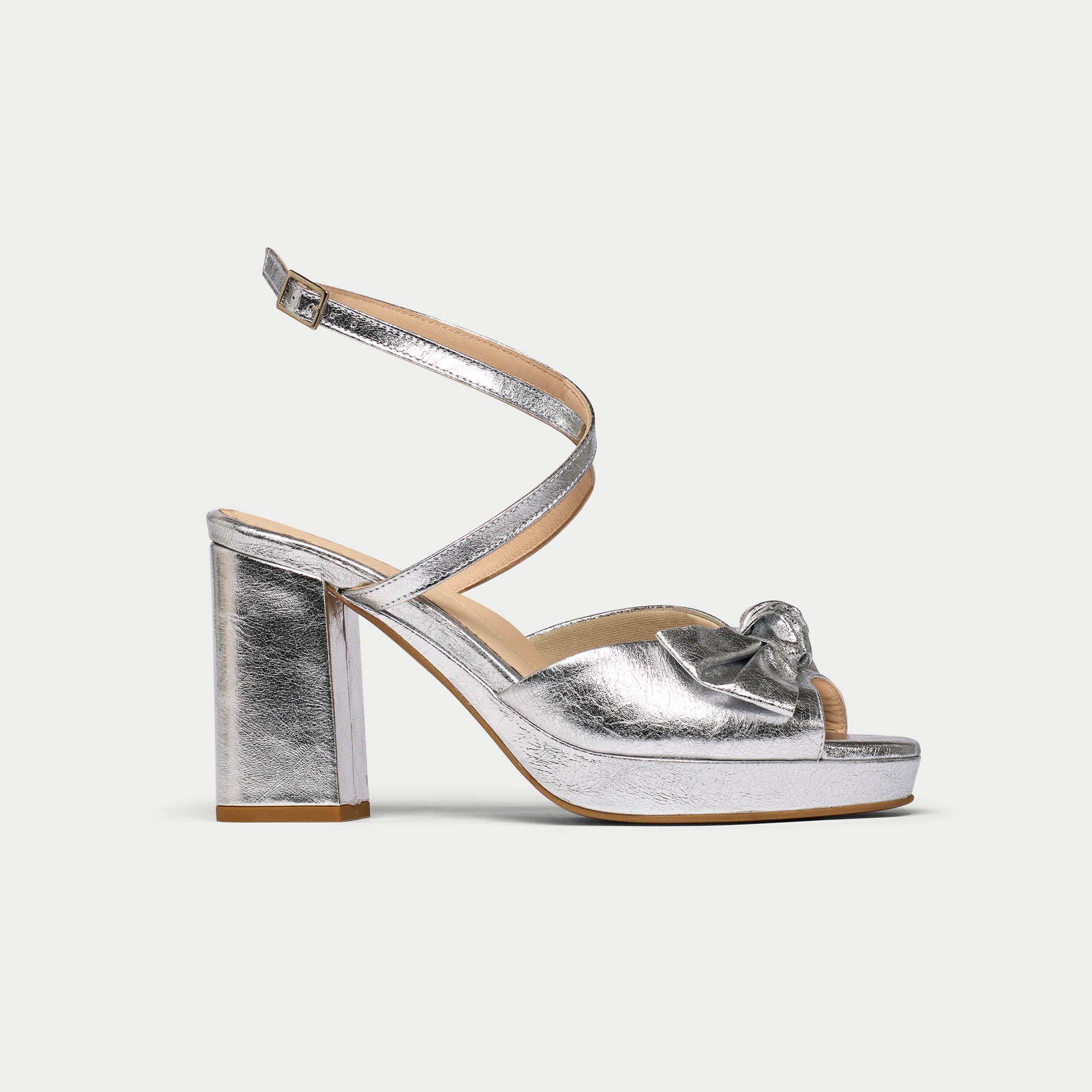
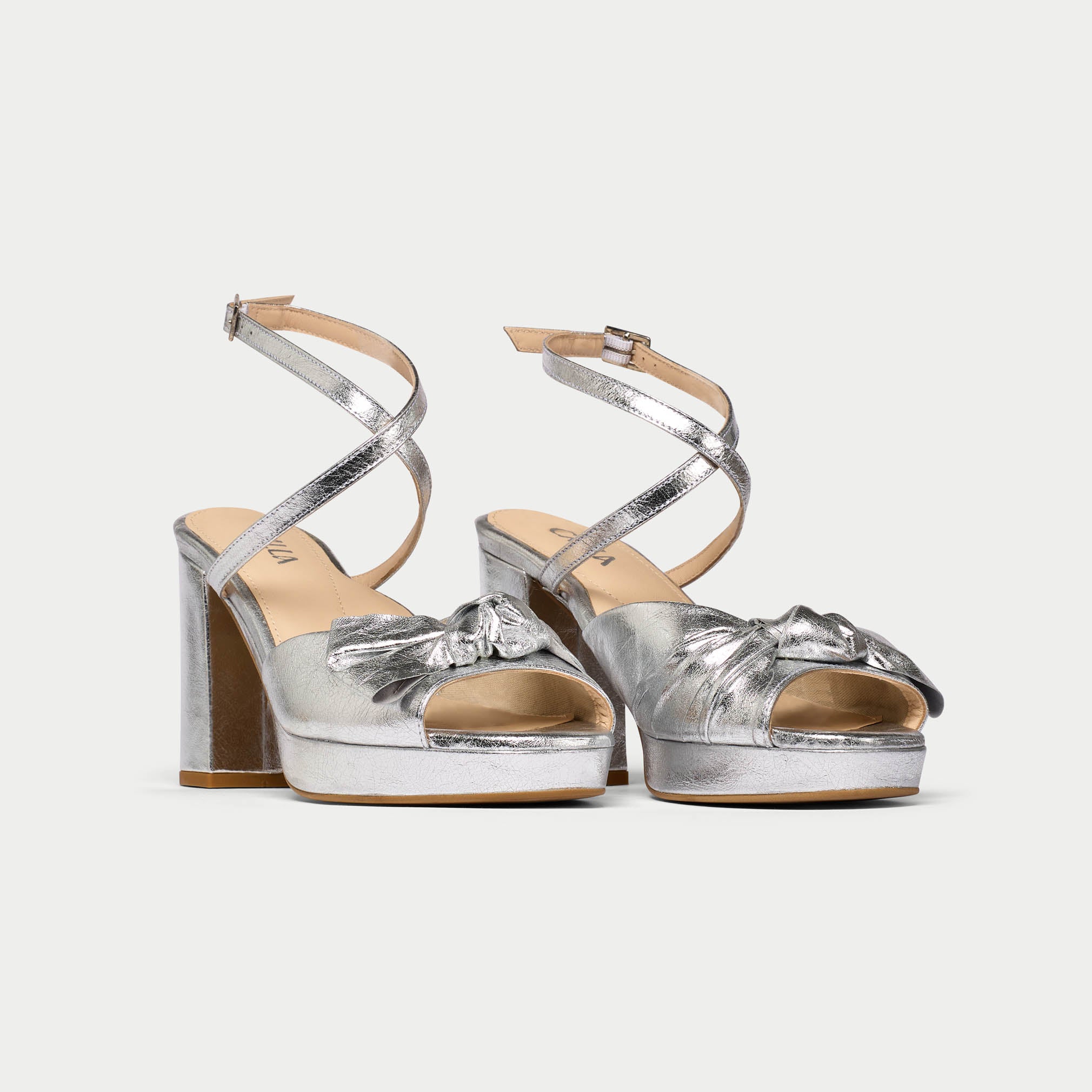
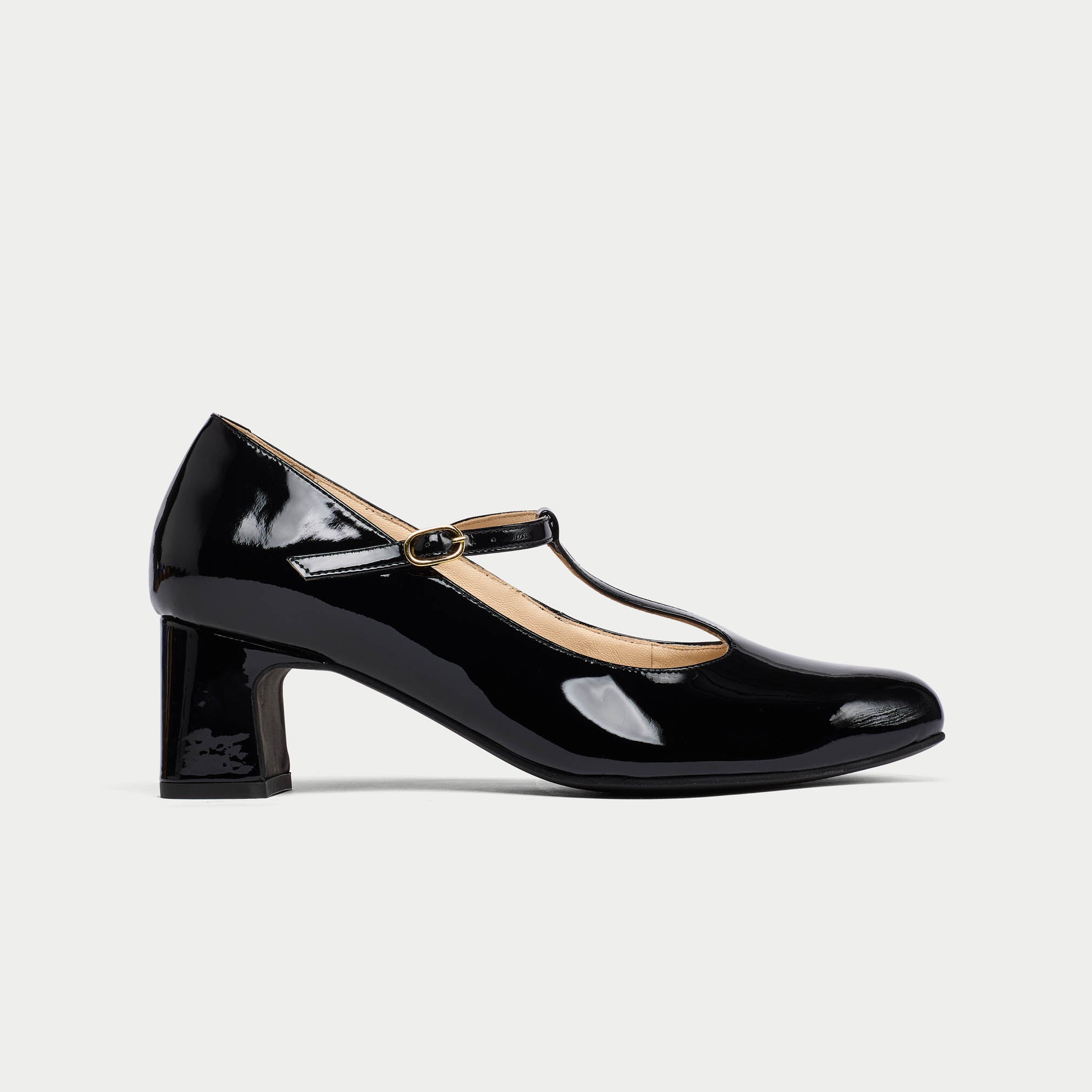

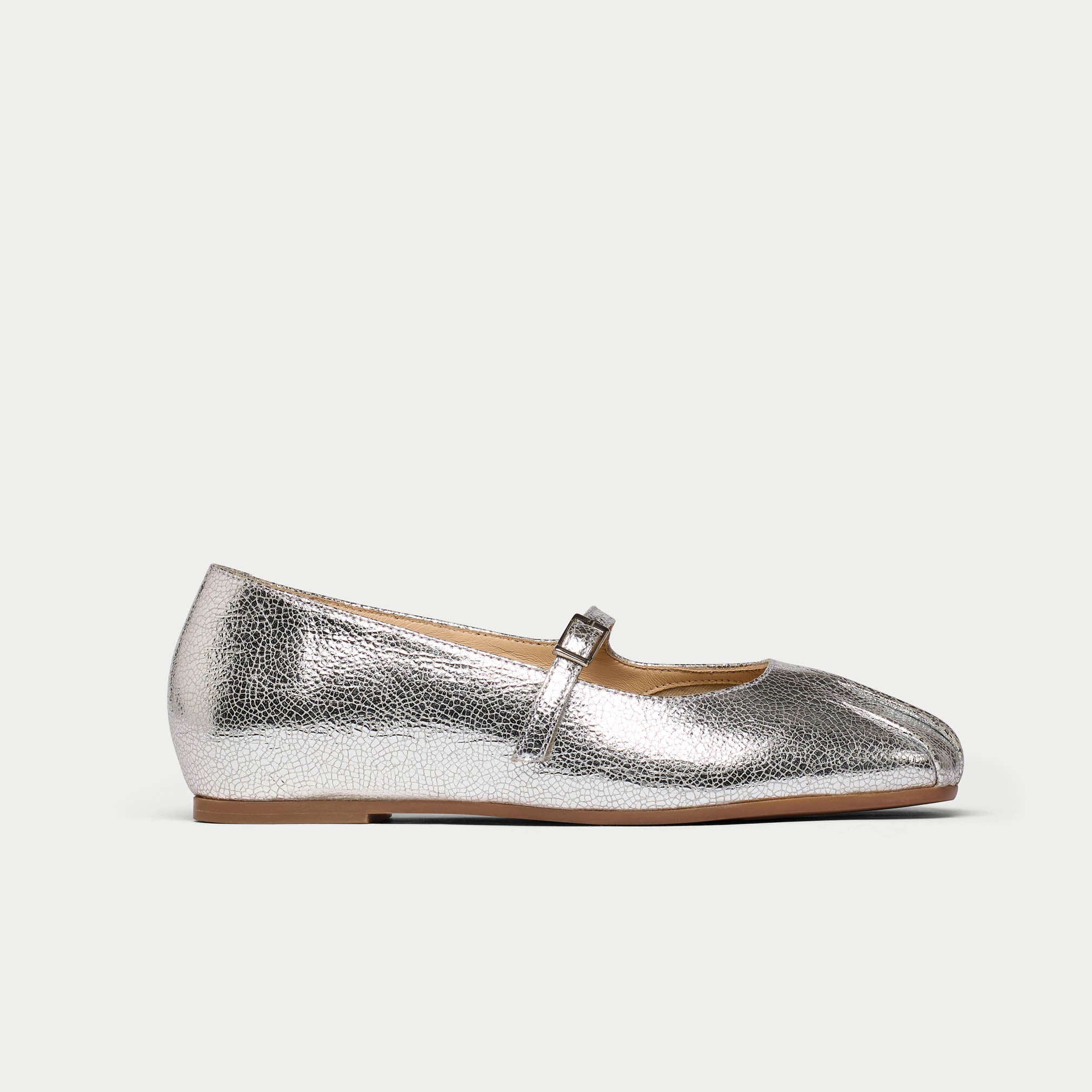
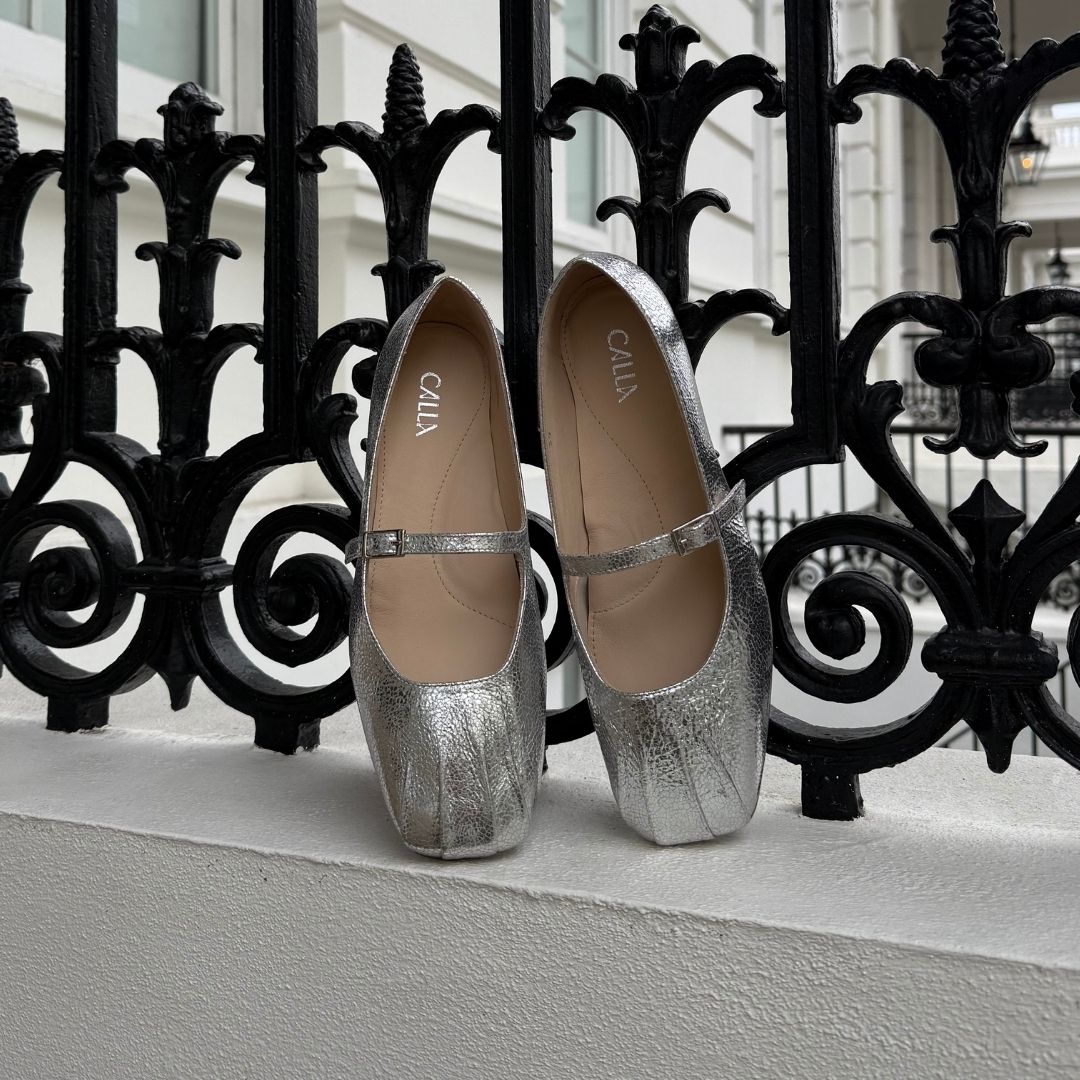
Leave a comment
This site is protected by hCaptcha and the hCaptcha Privacy Policy and Terms of Service apply.